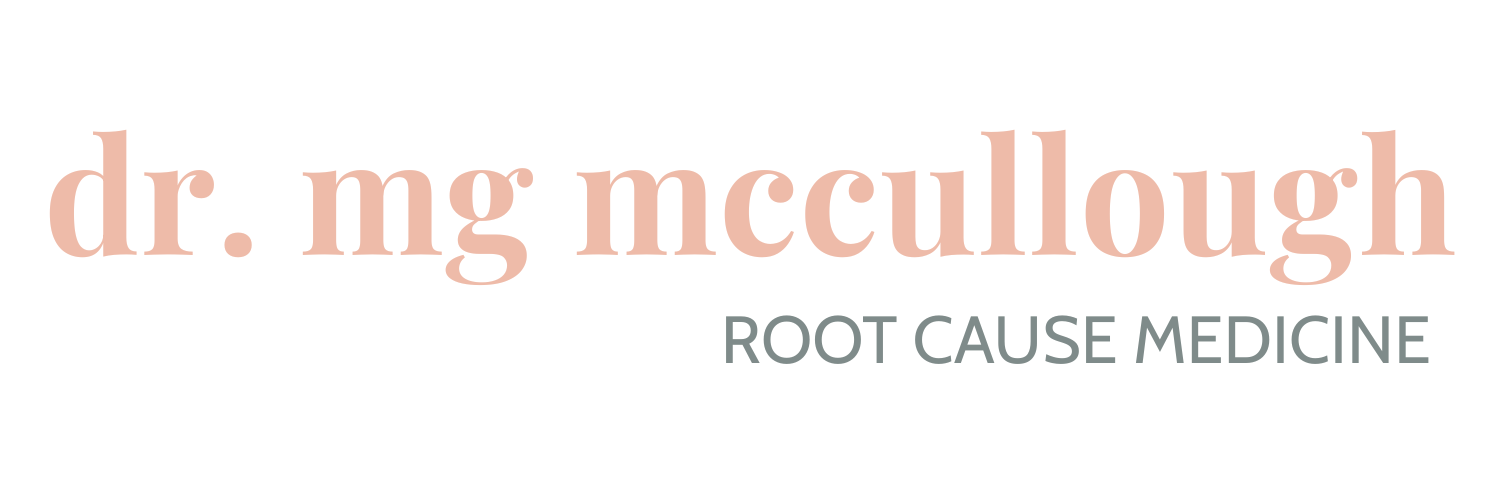What You Need to Know About Cupping
With celebrities and social media influencers flaunting their cup marks, cupping, which is a technique used in traditional East-Asian medicines, has become almost a mainstream practice with massage therapists, chiropractors, naturopaths, and even physical therapists offering the service. While it's exciting that so many people are getting relief from and taking up the practice of an OG Chinese Medicine modality, here's what you probably don't know about cupping.
1. Cupping should be a part of a more comprehensive treatment plan.
I'm a big proponent of practicing good medicine, and to me that means fully understanding the medicine you practice. It's honestly not that difficult to learn how to create a vacuum in a glass cup and suction it on to a person's body (or use plastic suction cups); however, like most things, there's more to it than meets the eye.
You often hear people say how good cupping feels for releasing tight muscles, but tight muscles are a symptom, not a true problem, and you need a provider and a plan to address the underlying cause of those tight muscles. While I think it's wonderful when we can offer patients instant relief (and get instant relief when I'm the patient!), I think it's a professional responsibility to also address the underlying problem, and that comes when we fully understanding the medicine we practice rather than jumping on the pop culture bandwagon, which is what I feel cupping is when performed by someone other than an acupuncturist.
Even amongst acupuncturists, I've seen cupping become a menu item or an add-on service. I strongly disagree with this approach. While it's important to take into consideration what has been effective for relieving patients' symptoms in the past, I think it's more important to fully evaluate a patient's situation and create a treatment plan based on a differential diagnosis that comes from authentic diagnostic criteria like tongue observation and pulse taking.
2. After-Care Instructions
When patients tell me that someone other than an acupuncturist performed cupping on them, I always ask if their provider talked to them about after-care. The answer has always been no.
Cupping has been shown to release muscle tension and promote blood flow to the area, so various healthcare providers are now borrowing this technique from Chinese medicine to help their patients heal faster, which we can all agree is a good thing; however, it can make patients more susceptible other issues not understood by someone not trained in Chinese medicine.
3. The Back Story (pun intended)
Chinese medicine offers us a layered perspective of the body, where the outermost layer is (naturally) the exterior, which is also called the wei (or defensive or sinew) level, which protects us from “wind”, which is part of the way this ancient medicine understands things like cold and flu.
The main channel involved in the exterior runs down the back, on either side of the spine—the same area that is often unintentionally used to “relax tight muscles”. At the first sign of cold symptoms, using acupuncture points on this channel, as well as cupping, are extremely effective at getting rid of the symptoms and keeping you from actually getting sick because it can release the wind that has gotten stuck in the exterior.
Because cupping, especially on the neck, shoulders, and back, opens this channel, it can temporarily weaken these defense mechanisms, so regardless of why you are getting cupping, you want to stay covered afterwards. For example, keep the area covered, (even if it’s warm outside) wait a few hours before showering, and don't go swimming or sit in a hot tub in order to avoid the flow of air. (wind)
Avoiding being in the wind might sound easy to do, but it can be as simple as automatically blasting the air conditioning when you get in a hot car. So keep that in mind when you have cupping done.
I've seen problems arise from cupping, and they can be resolved, but you need to see someone who understands why it happened, which means seeing an acupuncturist.
I hope these tips help you get the most from cupping, as well as help you understand why it’s in your best interest to see an acupuncturist. There’s so much more to this technique and to the medicine overall that I didn’t explain here, but I hope you’ll follow along and learn more through the blog.



